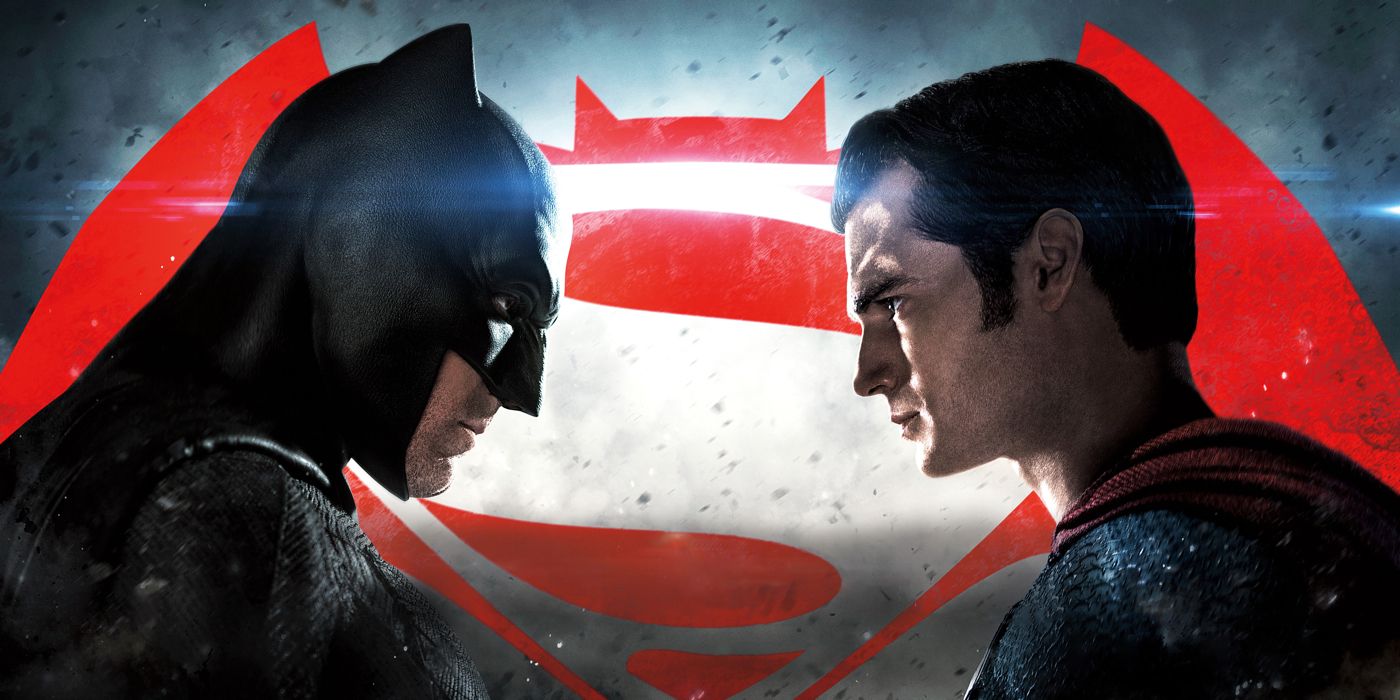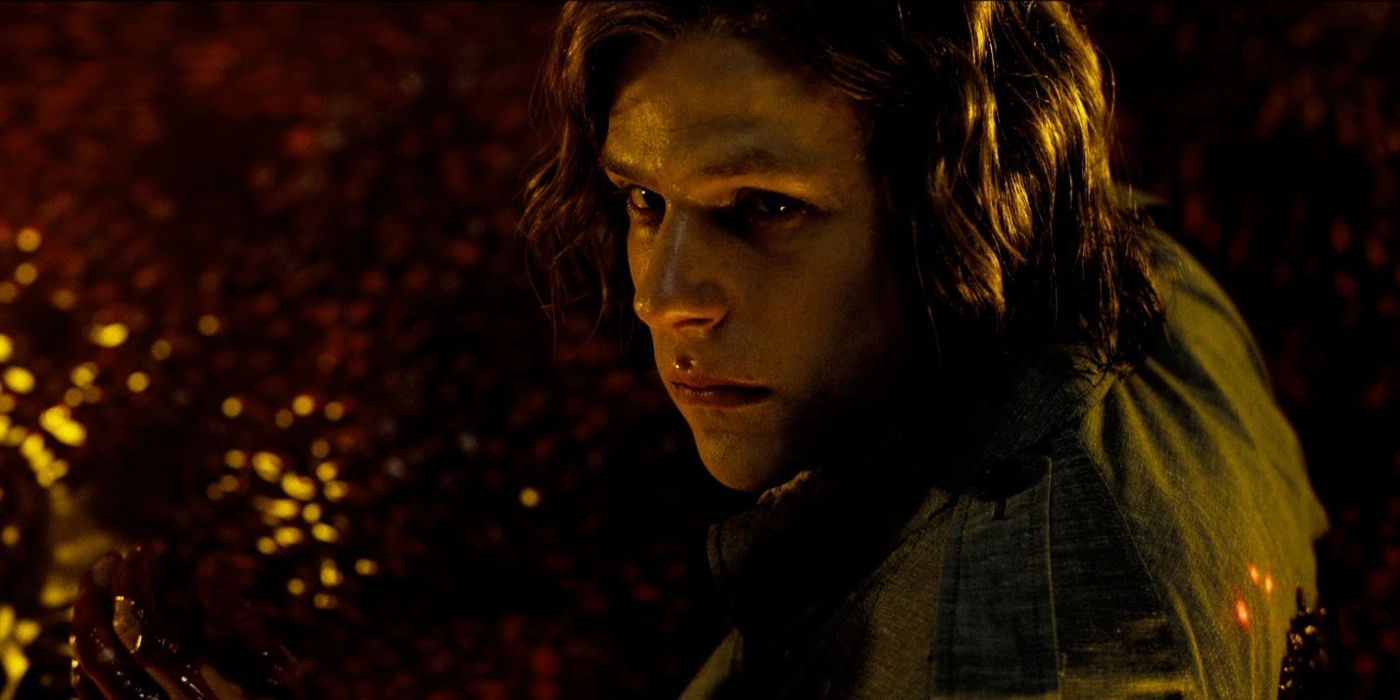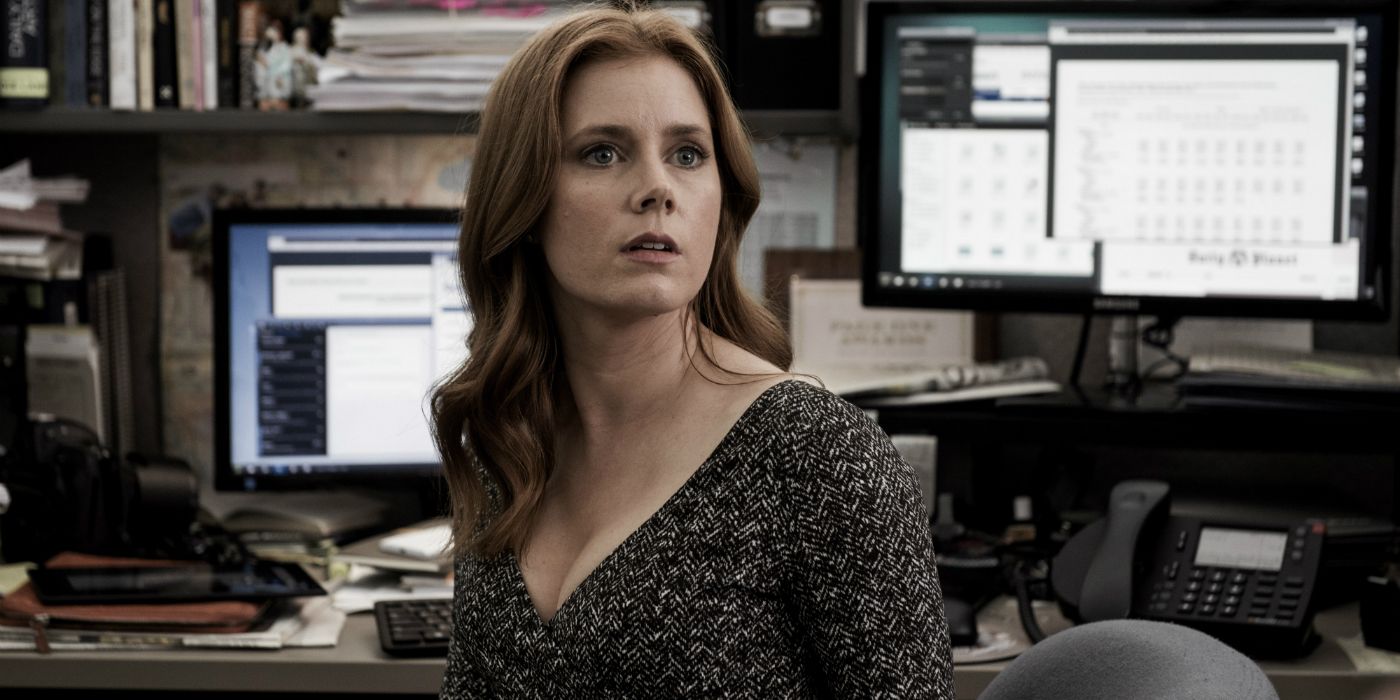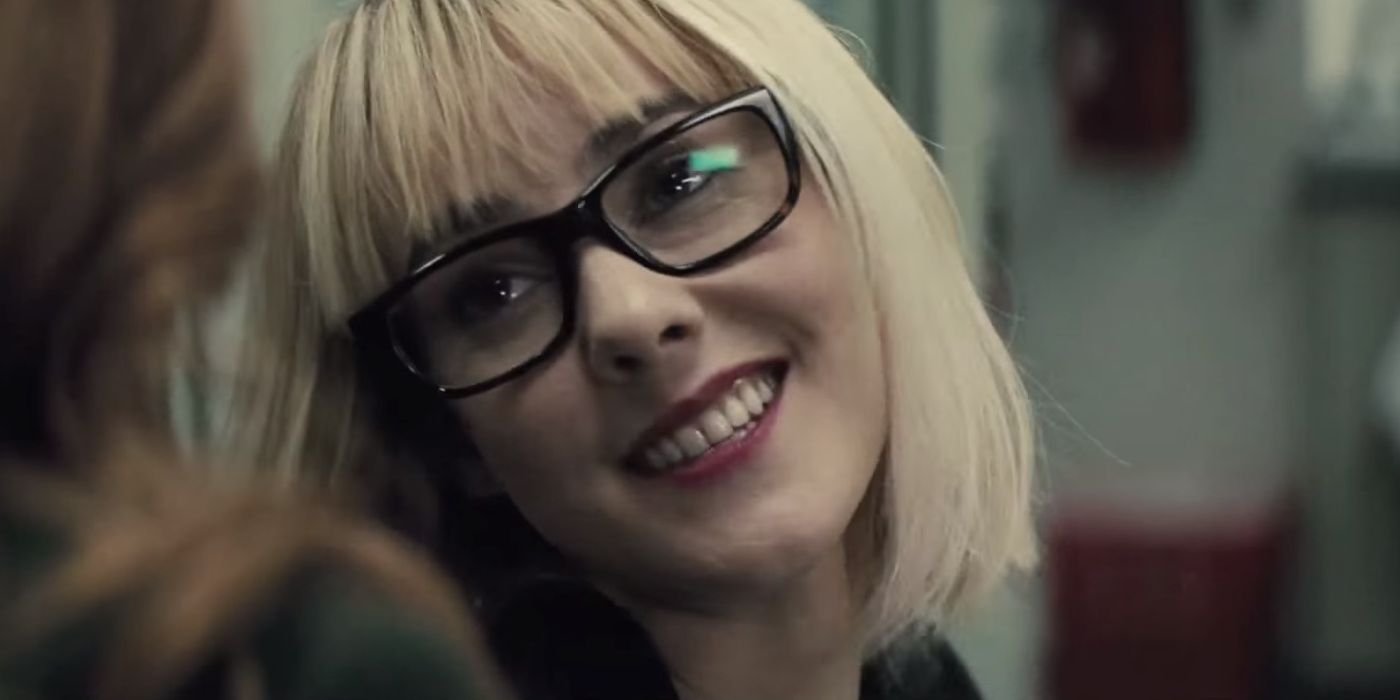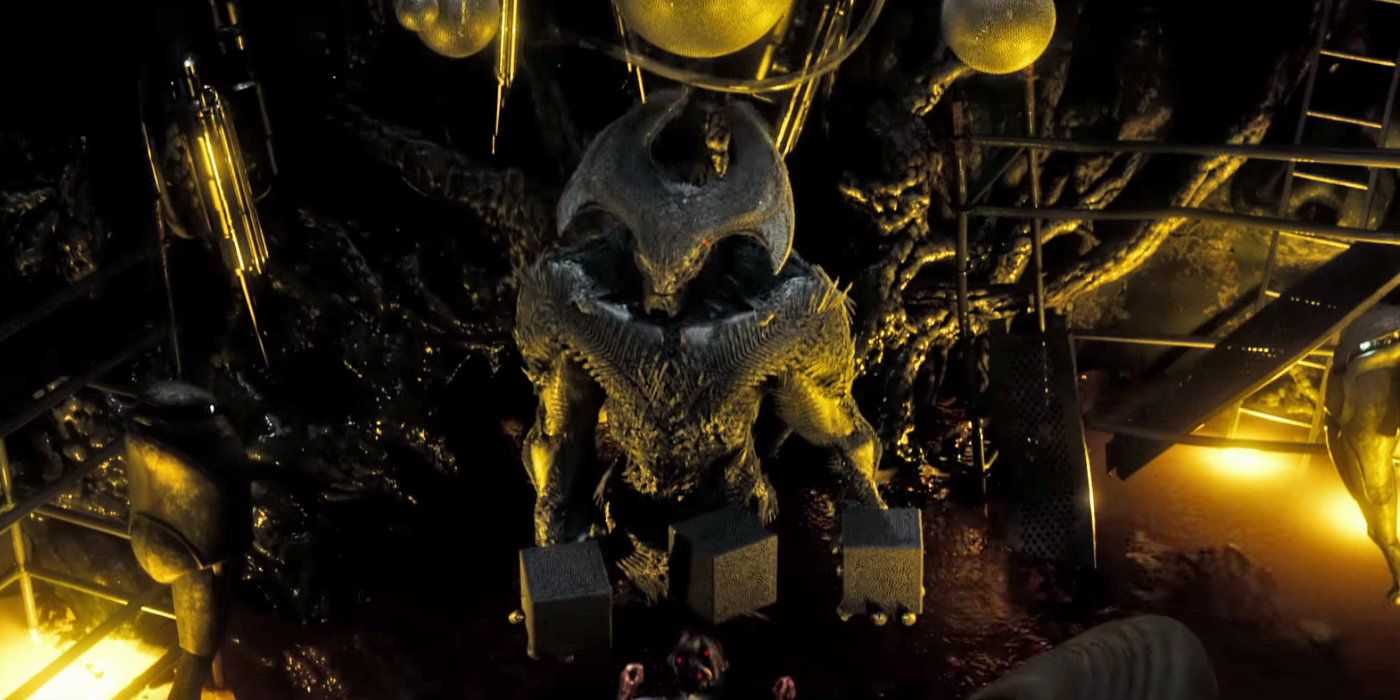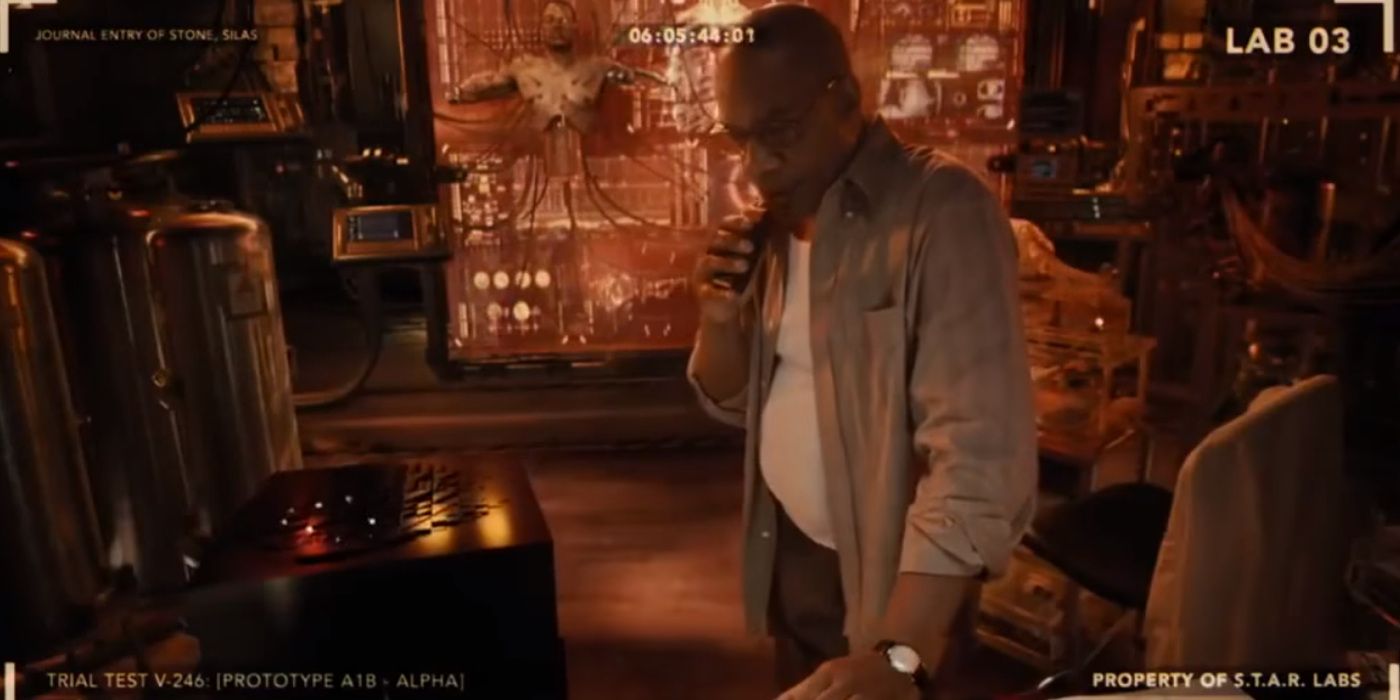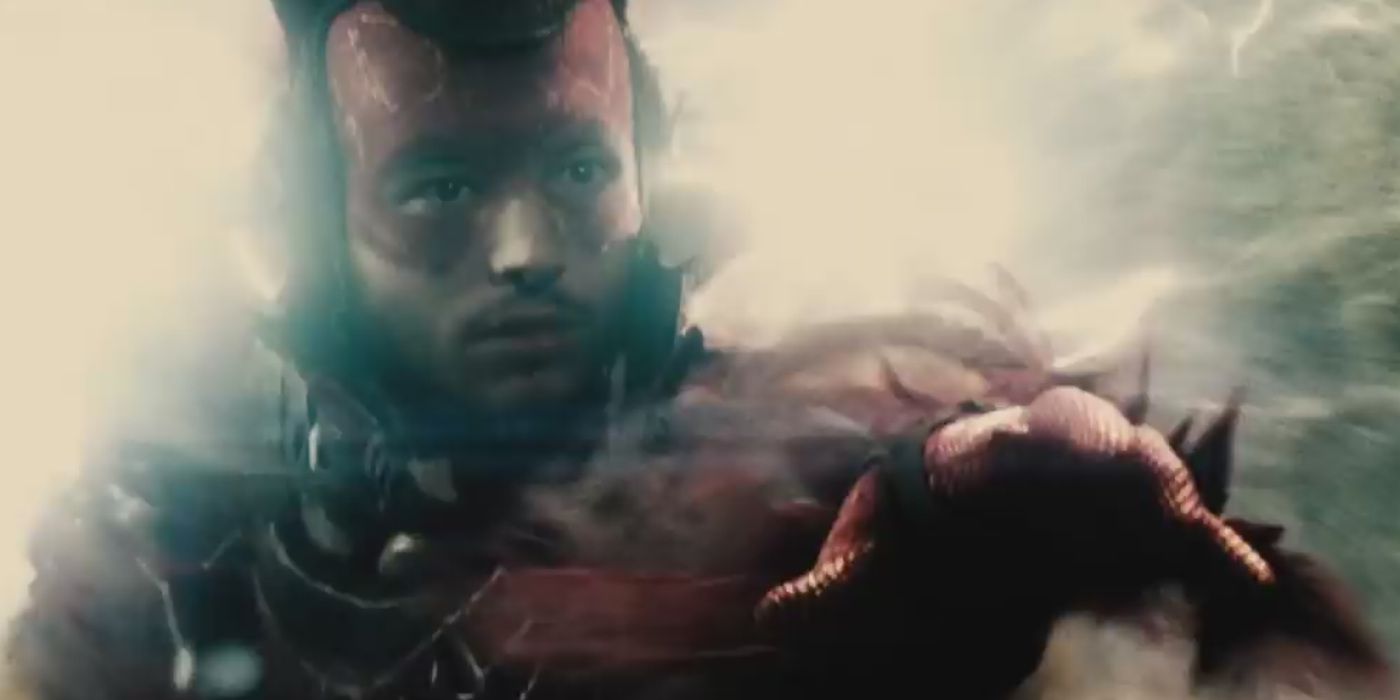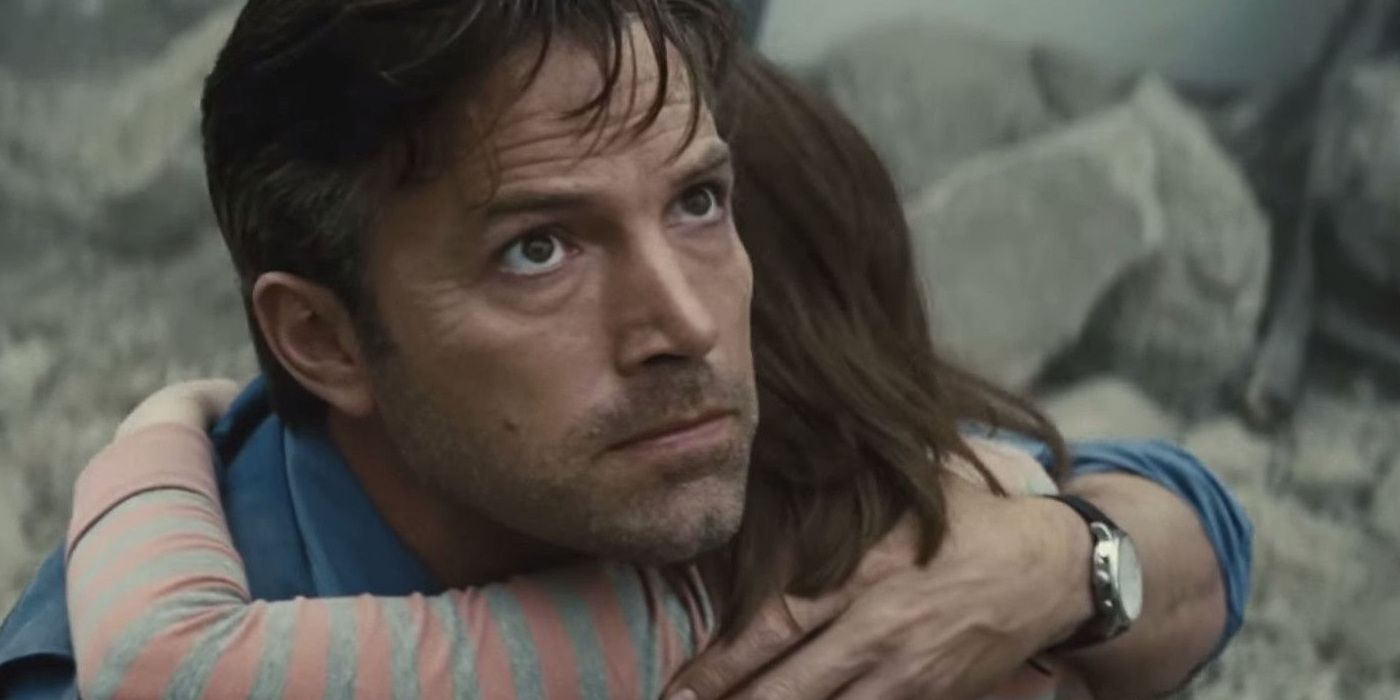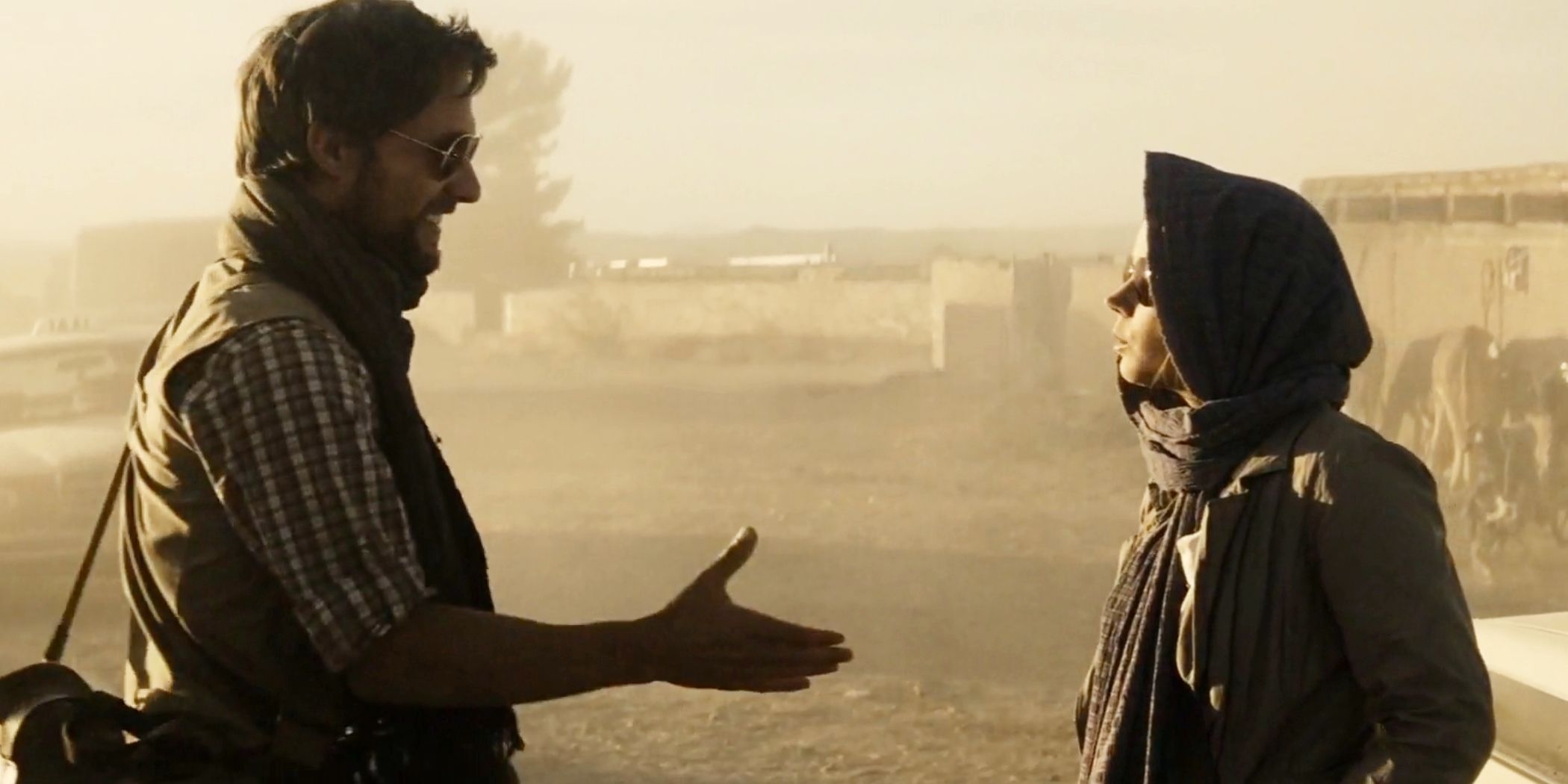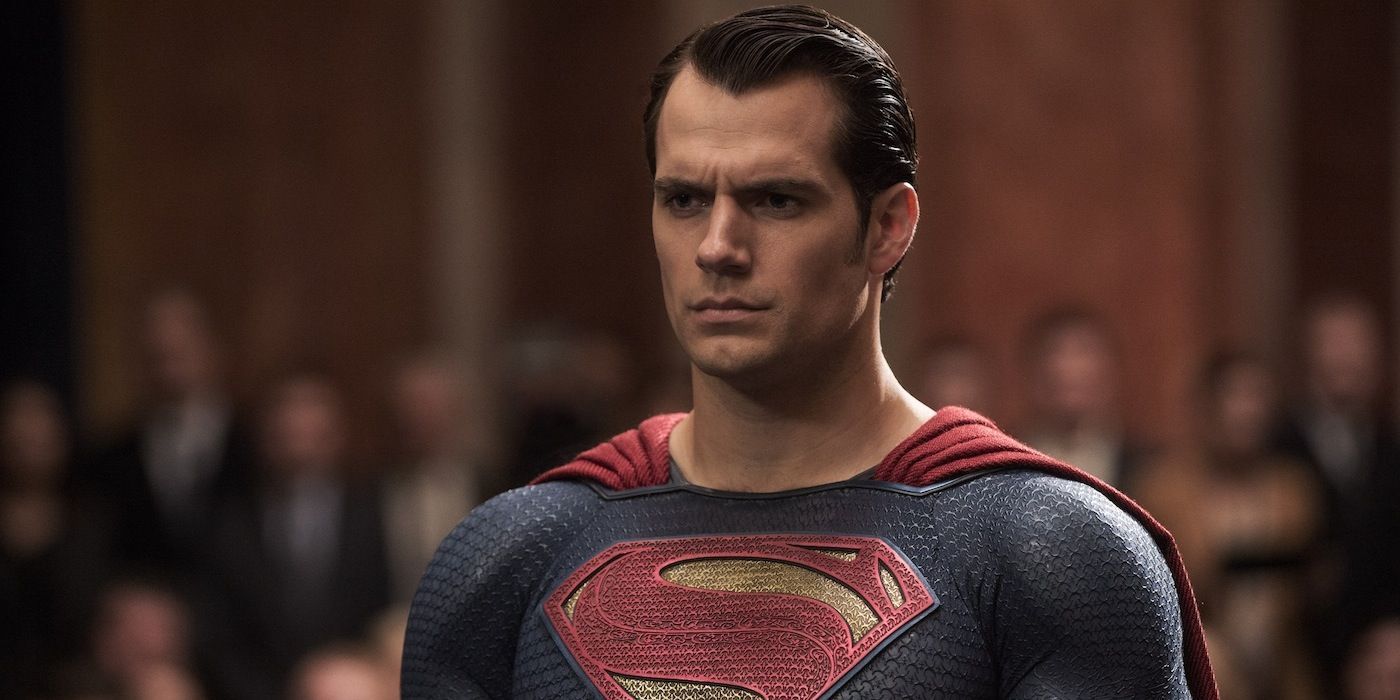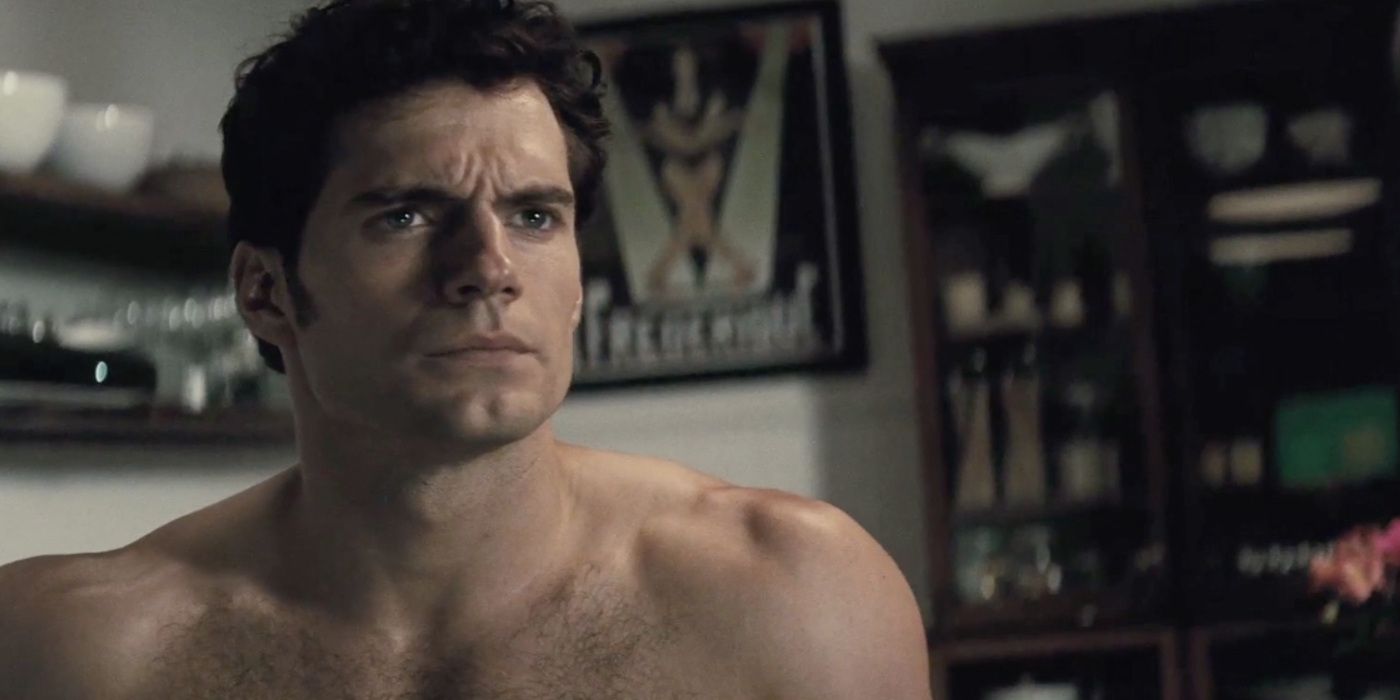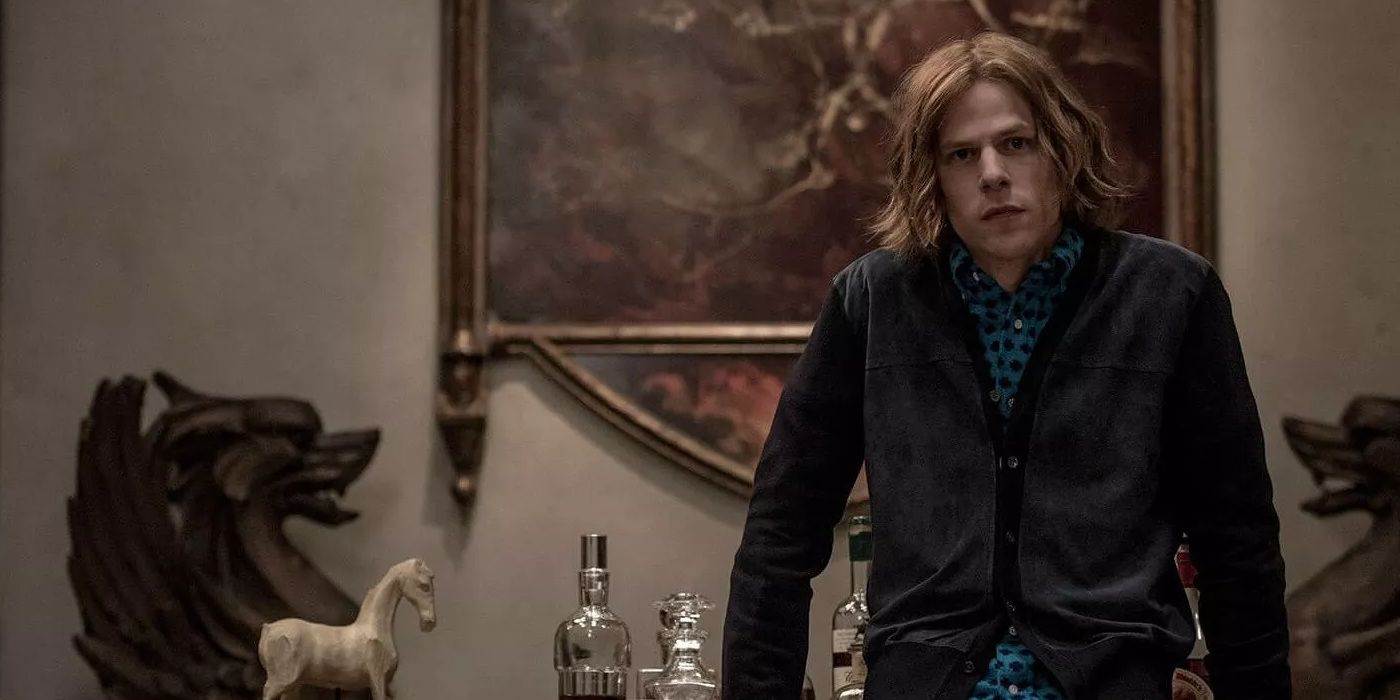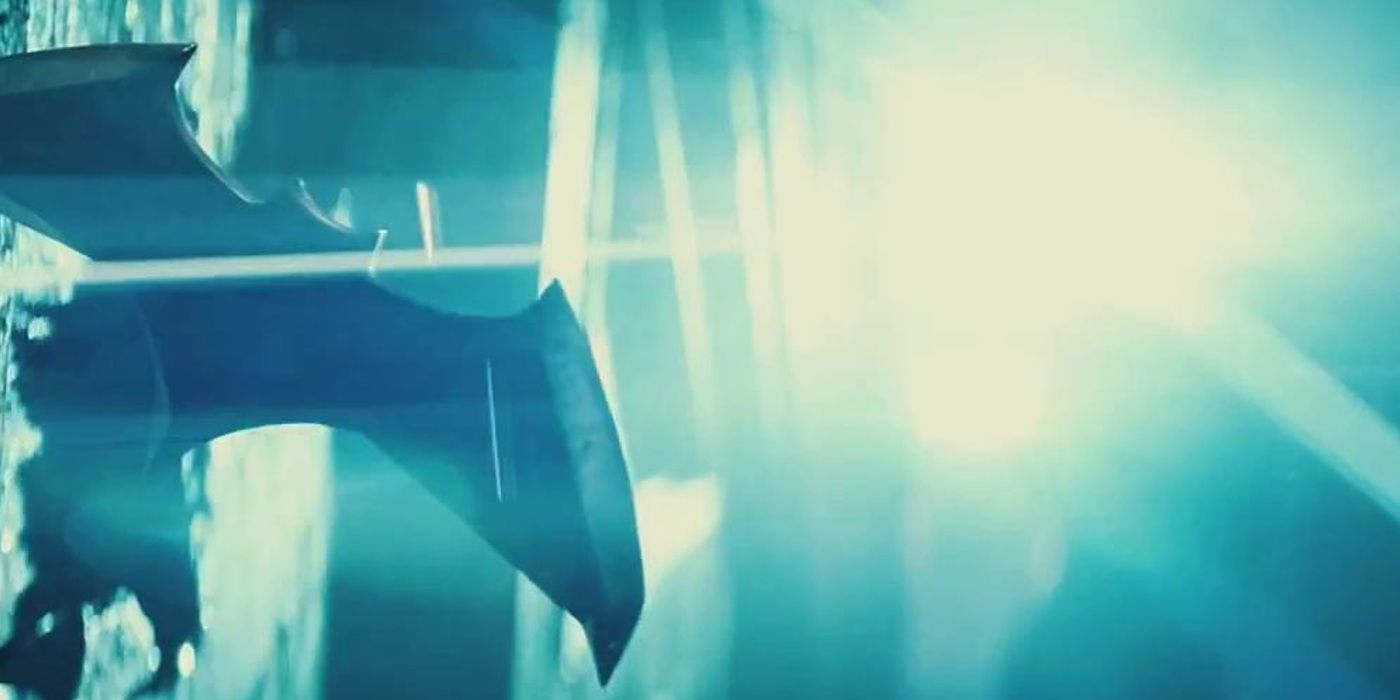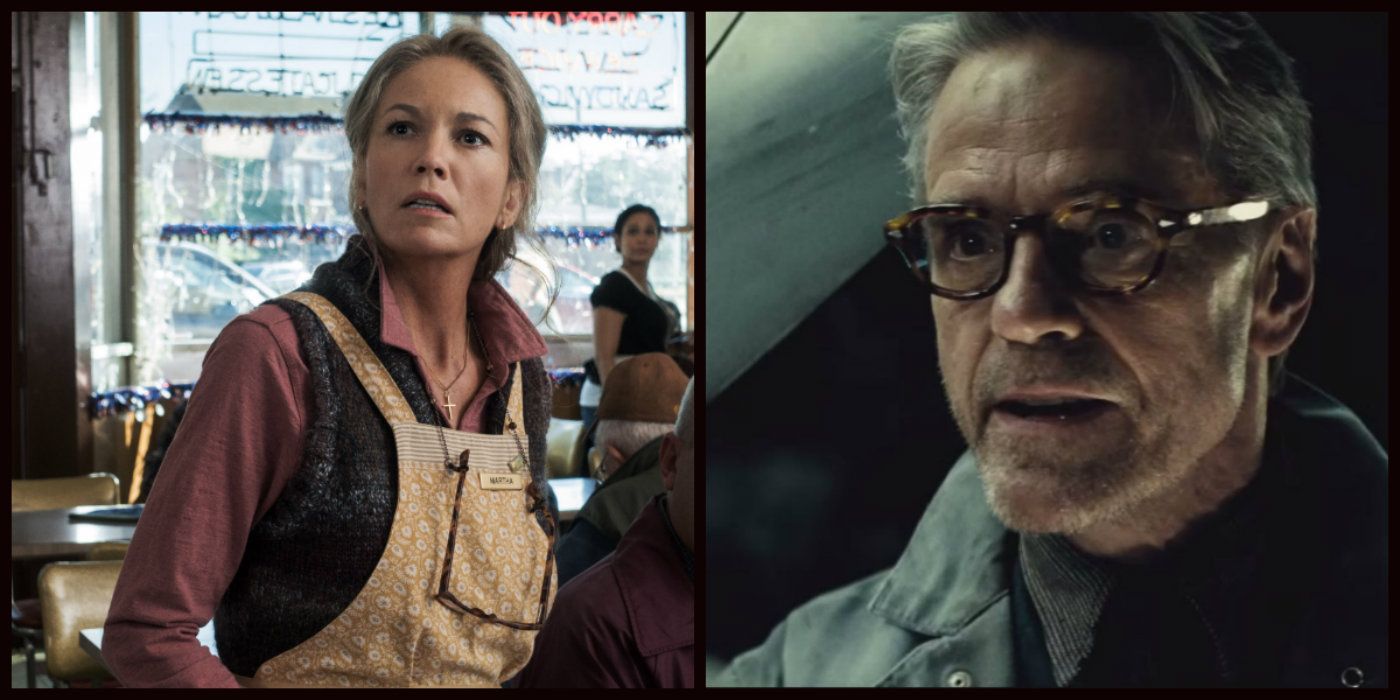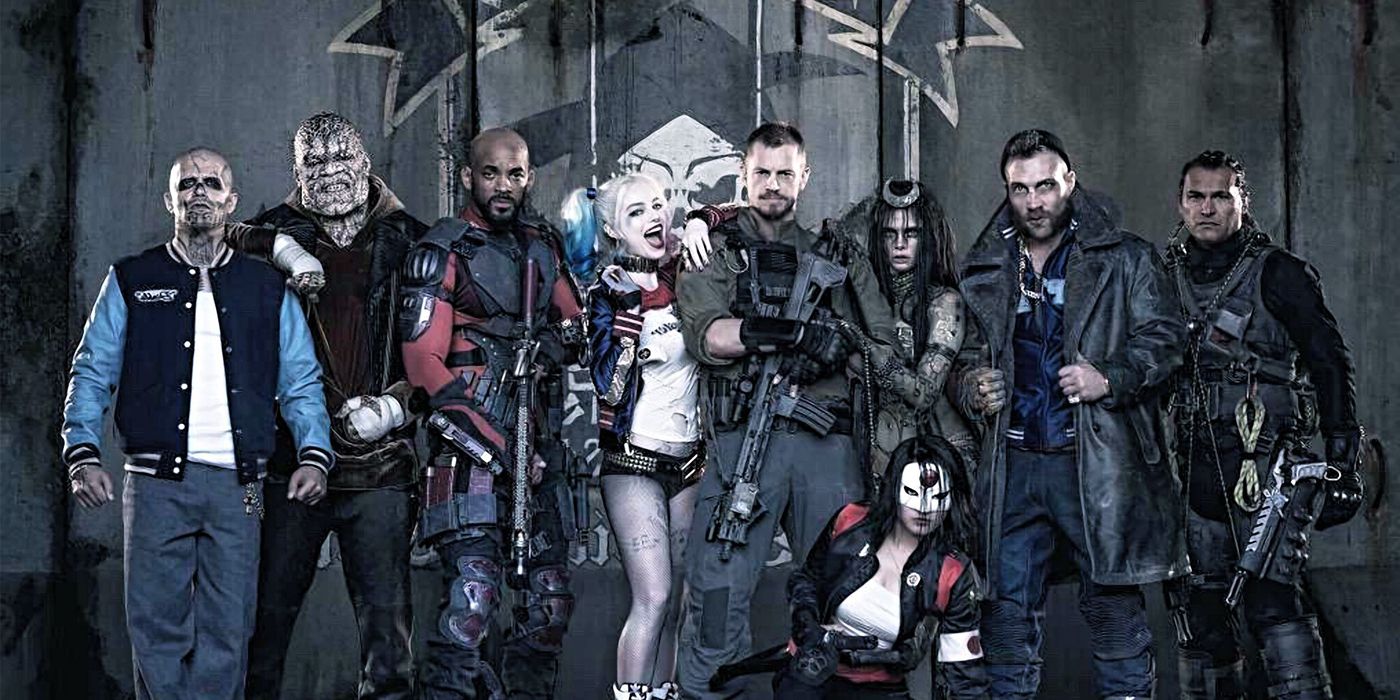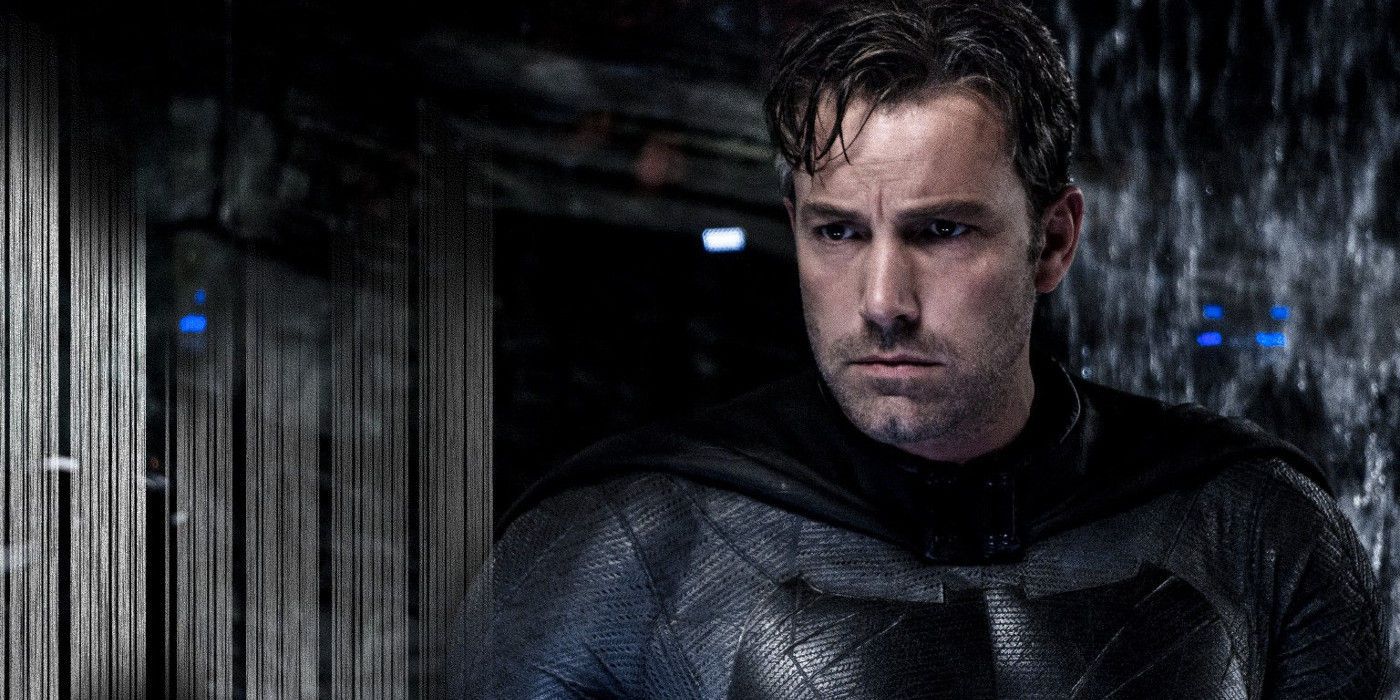Batman v Superman: Dawn of Justice kicked off blockbuster movie season and divided audiences this year. Critics savaged the film, while audiences were more split in their reaction. While Henry Cavill, Gal Godot, and Ben Affleck all earned a positive response, the plot itself left viewers puzzled. Warner Bros. wasted no time in announcing an extended version of the film, as is the style of the time, which would carry an R-rating and include over a half hour of additional footage. Director Zack Snyder hyped this “Ultimate Edition” as his true vision of the film, which would lead into a full slate of DC films. Naturally, all the buzz drew viewers to this extended cut of the film. If the theatrical cut received a drubbing, the new version earned solid and even enthusiastic praise. Plot holes were plugged, characters better drawn, the action was easier to follow, and the sprawling scope of the film was fully realized.
So just what does make this cut far superior to the theatrical version? To begin with, this cut smoothes over the plot and improves the flow of the narrative. While some viewers will still, no doubt, resist the movie, objecting to the tone, or the level of violence, this new "Ultimate" cut brings the beginnings of the DCEU into focus, and gives it a more solid beginning. Here’s a look at 15 Ways The Ultimate Cut Improved Batman v. Superman.
15. Lex’s plot is easier to follow
Let’s start with one of the most scathing critiques of the film: its treatment of Lex Luthor. Instead of going for the classic middle-aged, bald megalomaniac, the movie reimagines Lex as something of a giant nerd-- young, weird, and socially inept. Audiences attacked actor Jesse Eisenberg for his performance and the film for missing a sure bet— in a year when Donald Trump is running for President, how could the movie not show the ultra-wealthy demagogue Lex?
The film and Lex's portrayer can at least be credited for trying something different with a character we’ve already seen numerous times on screen (and remember, Eisenberg was hired to do a job. He's just playing the role as written, so don't blame him!). The Ultimate Edition, however, sheds some light on Lex’s plot and the reasons behind it (and no, it’s not because he’s the Joker… where did that even come from?). Eisenberg’s Lex gets what he wants almost all the time and the idea that a god-like being could come down out of the sky and start messing with humankind’s affairs drives him nuts. Lex wants ultimate influence on Earth and he’ll stop at nothing to destroy anyone more powerful.
14. The sleuthing subplots of Clark, Lois and Bruce all work better
One thing the movie did very well, even in the theatrical cut, was to make sure it’s principle characters all had strong objectives to keep the plot moving. Clark, Lois and Bruce all do some detective work: Clark to track Batman, Bruce to track Superman, and Lois to figure out how Lexcorp is involved in weapons trafficking and a Civil War in Africa. The theatrical cut muddies these subplots in the name of navigating from action scene to action scene, possibly at the studio’s behest. Hollywood executives have a problem believing that movie going audiences actually enjoy a lucid plot over action.
The extended cut beefs out these plots quite a bit, in particular that of Lois as she pieces together details in Metropolis and Washington as to Lex’s involvement, and just how long he’s been putting the pieces in place. Batman still comes off militant and neurotic in this version, though at least the extended cut gives him some better motivation—Lex is, of course, manipulating him too. On a related note, Clark also discovers the significance of the bat-brand: it is a mark for death in prison, and even gets one shunned in day-to-day life. All these plots come off more sharply drawn, and more accessible to viewers.
13. Jena Malone
Jena Malone makes anything better! One of the most underrated and talented actresses of her generation, Malone’s casting earned some major industry notices, only to see all her scenes later cut from the movie. Preliminary reports had her playing Batgirl in her brief scenes, though a screening of the extended cut reveals her as lab technician Jenet Klyburn of S.T.A.R. Labs, and helps Lois uncover some vital information in her research of Lexcorp. Unsurprisingly, Malone shines in her role, albeit a brief one. The inclusion of S.T.A.R. Labs also, as fans of the comics no doubt know, hints at the creation of both Cyborg and The Flash, further “universe building” for the forthcoming DCEU slate. The movie already did enough of that, to be sure, but at least Malone’s scenes introduce the iconic S.T.A.R. Labs with a bit of subtlety.
All that said, using Malone in a minor role like that of Klyburn feels like a bit of a waste. A woman of her great looks and dramatic gifts deserves a better part in this fledgling cinematic universe, and had she actually played Batgirl, her scenes would have made fans drool.
12. Steppenwolf and the Mother Boxes
Sounds like the name of a geeky do-wop band, doesn’t it? Anyway, moving on…
Following the scenes of Batman, Superman and Wonder Woman doing battle with Doomsday (who still looks like a bit of computer-generated snot for the most part…unfortunately), police enter the Kryptonian ship to find Lex splashing around in a pool of Doomsday’s afterbirth. While Eisenberg dousing himself in what looks like cherry compote is an image unto itself, what should intrigue fans is what else is visible in the tank with him—a horned figure apparently giving him orders, along with three pulsing cubes.
Astute viewers have no doubt researched and noticed the numerous allusions to Darkseid and his invading armies. This glimpse of the horned creature—likely the general Steppenwolf, whom Warner Bros. has confirmed as a primary villain in the forthcoming Justice League movies. The three pulsating cubes are no doubt Mother Boxes (more on them in a moment). The addition of Steppenwolf and the sight of him conferring with Lex better sets up Lex’s descent into semi-religious madness at the end of the film: we get to see Lex having contact with the New Gods, and get a hint of what’s to come. Moreover, it offers a fun bit of fan service to audiences familiar with the New Gods storyline.
11. Mother Boxes
And about those cubes…
Mother Boxes are highly advanced supercomputers with near-magical abilities. Warner Bros. press releases have said that Mother Boxes will play an important role in the DCEU, and that three such boxes—coincidentally the same number seen with Lex and Steppenwolf—are hidden on Earth. The scenes with Cyborg’s creation already reveal the location of one such box: S.T.A.R. Labs. The other two are said to be hidden in Wonder Woman’s homeland of Themyscira, and in Aquaman’s home of Atlantis. Geeky commentators have already drawn parallels between the Infinity Stones of the Marvel films, and the role of the Mother Boxes in the DCU. Adding the brief scene again sets up the coming of the forces of Apokolips, though in a larger sense, it sets up the ongoing plot of the DC film slate as a whole. Though a fun bit of universe building, the vision of the Mother Boxes actually builds up the plot of the upcoming movies and Lex Luthor’s ties to it, making it an important vision, even if just a brief one.
10. The Flash is easier to understand
Less a change to the film than just a scene easier to follow thanks to proper sound balance and the rewind feature, the Flash’s brief cameo may not make more sense per se, though it does become easier to follow. Fans like me eager to see actor Ezra Miller don the red jogging suit of the Flash get a glimpse of what’s to come as Bruce Wayne has a vision (or is it?) of the time traveling speedster appearing out of the Speed Force. A movie theatre sound balance often get overwhelmed by overzealous bass, and in a movie loaded with low-frequency sounds like Batman v. Superman, dialogue easily gets lost under the rumbling. In the Extended Cut, the Flash’s words are easier to understand: he’s come to warn Batman about dire events of the future, and accidentally arrived too early in the past to do much good. The Flash encourages Bruce to find the rest of the Justice League, thus prompting Batman’s actions in recruiting Wonder Woman, and setting out to find other metahumans in the third act of the film.
9. Bruce’s reaction to the Superman/Zod Fight makes more sense
Some viewers criticized the extreme violence and destructive power of the Superman/Zod fight in Man of Steel. In Batman v. Superman, the wanton destruction comes into play, drawing a semi-retired Batman back into the fold of metahuman affairs. In the theatrical version (as in the trailers) he’s seen comforting a lost little girl as he watches Superman in anger. The extended version goes a step further, showing the girl was part of an entire group of kids on a field trip when the attack broke out. The extended scene gives a bit more resonance to Bruce’s fury, and more context to the scene as a whole—the little girl doesn’t just appear out of nowhere in the Metropolis financial district. Furthermore, as an introduction to Affleck as Wayne, the scene plays much better: obsessive, wounded and unyielding, he’ll stop at nothing to prevent a child from going through the same agony he did. The scene ties together well with the “origin” of Batman scenes which feature the murder of his parents, and the discovery of the Batcave.
8. Jimmy Olsen, CIA Agent
In the theatrical cut of Batman v Superman, a CIA agent/photographer named Jimmy has a brief role before meeting his end in a terrorist attack. Just who was that guy and what did he have to do with anything?
The extended version clarifies matters: the double-agent photographer was none other than famed reporter Jimmy Olsen, reimagined as a CIA covert operative. Zack Snyder had to point this out himself in interviews, since the abbreviated version in the theatrical cut didn’t make it at all clear that the photographer was, indeed, Jimmy Olsen. In the extended cut, not only does he get his cameo, he actually gets a bit of a storyline too (more on that in a moment).
Granted, die-hard fans of Jimmy Olsen probably didn’t have this kind of role in mind for their beloved character. After all, Jimmy’s part is just a cameo and he still gets a bullet to the head, robbing fans of any chance of seeing Jimmy try to enter the Fourth World or get superpowers of his own. Still, the scene offers an easter egg for fans, helps build up a larger tapestry for the DCEU, and also keeps the tension high: if Jimmy Olsen can bite it, anything is possible.
7. Civil War, Terrorism, and Superman
But just what brought Lois and Jimmy Olsen to Africa and how does it pertain to everything else that follows? The theatrical cut goes a bit light on the "who’s who" and "what’s what" to keep the plot clear, but thankfully, the extended version fills in a lot of the gaps. Lois has traveled to the African nation of Nairomi to cover a civil war the United States has remained neutral on, though Jimmy Olsen’s CIA involvement casts some questions on the real intentions of the nation. Lois and the leader of the rebel faction have a heated exchange about the corruptive nature of power (which foreshadows the main conflict of the film) and Jimmy dies in an extended battle sequence. With Jimmy’s death, the CIA tries to bomb the area by drone (which would kill everyone, including Lois), only to have Superman intervene.
The longer, restored scene is actually pretty great— it draws some real-world parallels with the civil wars in Syria, Iraq, and Libya, and questions just how neutral the US really is. Moreover, it introduces the element of Superman to this kind of foreign crisis and raises the ethical question: what would having a Superman on Earth do to global relations? Leave it to Snyder, director of the deconstructionist Watchmen, to address the moral dilemma of superheroes and apply it to the most iconic of all, Superman.
6. Gratuitous shots of Henry Cavill shirtless
Who doesn’t mind a few extra shots of the Man of Steel shirtless?
Henry Cavill has just about as perfect a body as anyone could ever hope for and he gets to show it off in a few extra scenes. This also adds a bit of character development too. Lois and Clark have moved in together in the 18-month interlude between the events of Man of Steel and Batman v Superman and have also become physically intimate. The two had a love scene in a bathtub even in the theatrical cut, though the extended version gets a bit steamier. The theatrical version plays with Clark taking off his glasses and jumping into the tub with a naked Lois. In the Ultimate Edition, he starts stripping down, showing off his perfect chest before he and Lois share a passionate kiss.
Besides showing that the two are madly in love, how does this affect the film? It doesn’t radically affect the film, besides adding a bit more nudity, and hey, anyone can appreciate Mr. Cavill’s looks, regardless of sexual preference! Likewise, the extended cut also features a scene of Ben Affleck’s beefed-up physique in a shower scene. These added shots are a testament to Snyder’s even-handedness when it comes to gender and nudity.
5. Lex has a backstory
If the extended version of the film expounds on Lex’s obsession with power and control, it also hints at why he’s so fixated. Lex didn’t make his own fortune. Rather, he inherited it from an alcoholic and abusive father. While LexCorp is named for Lex, his father, Lex Sr. so named it to swindle people out of their money in the name of providing for his child. Luthor suddenly takes on a new dimension that he never had before—he, too, is a wounded soul. He therefore remains the anti-Superman—cruel, selfish power hungry and ruthless—and becomes an interesting foil for Batman as well. Whereas the childhood trauma of Bruce Wayne drove him to risk his life and fortune by becoming Batman, Lex does the same in the name of control, not justice. The three form a strange triad of orphaned boys, all three with extraordinary gifts and power, and who all three make different choices that affect the world around them.
4. Shadows of the Bat
One issue not addressed in the theatrical cut of Batman v Superman had to do with the rest of the world and its knowledge of Batman. Apparently they realize he’s out there and has operated for some time—long enough that Robin died at the hands of the Joker and that Gotham Police know the meaning behind the Bat-branding. The extended version clarifies a few points about how the public at large see Batman. In the Ultimate Edition, Clark has a few scenes in Gotham City investigating the legendary Batman, who most of the world appears to think is little more than a myth or at least a deranged lunatic not worth researching. Several witnesses Clark interviews insist the Batman does exist and he’s “hunting,” presumably to try and confirm that Lex Luthor is the so-called “White Portuguese.” This subplot pays off when Cesar Santos, a Bat-branded criminal, gets murdered in prison, convincing Clark Kent that Batman is murdering criminals to dispense his own brand of justice. On a related note, several extended and recut action sequences clarify that Batman actually doesn’t kill his criminal opponents, at least not directly. While he does use brutal means to subdue criminals, said criminals can often be seen writhing in the background.
3. More Martha Kent & Alfred
The supporting cast of the film—which includes Oscar winners Holly Hunter, Jeremy Irons, and nominee Diane Lane— came off criminally underused in the theatrical cut. Why cast all such magnificent (and presumably expensive) actors only to give them nothing to do?
The extended cut offers more scenes with two key mentor characters: Ma Kent and Alfred. One key scene involves a phone conversation between Clark and his mother and shows that, even if he’s fallen for Lois, he still maintains a close relationship with his mom. Martha also gets a bit of a conclusion to her storyline. Rather than disappearing from the movie as in the theatrical cut, a short scene finds her taken to safety by Batman before the Doomsday battle.
Alfred also gets some more screentime and shows off more of his dry wit. First, he gets some key exposition, discovering letters that bomber Wallace Keefe has sent to Bruce. The scene shows part of why Bruce has become so disenchanted and how Lex is manipulating him into fighting Superman. Alfred also gets a few more extended scenes, acting as a moral guide to Bruce and showing how he aids Batman from the Batcave.
All in all, the scenes of Martha Kent and Alfred don’t change the plot in a meaningful way, though they do help keep it clear and provide some important character development for the titular heroes.
2. The mention of Arkham Asylum
Batman’s final confrontation with Lex in prison also gets a few extra beats. As in the theatrical cut, Batman threatens Lex with the red-hot Bat-brand. In the extended cut, they have a much longer confrontation: Lex sweats and babbles, but shows no fear of the Bat, whom he also calls out as Bruce Wayne in costume. Lex shows no fear from the Bat-brand and he claims he’s going to a nice psychiatric facility and will serve no prison time. Batman agrees and, in one key addition, informs Luthor of where he will serve out his sentence: Arkham Asylum. Lex actually shows some fear at the idea of getting locked up with Batman’s battiest rogues, before he launches into his fanatical monologue hinting at the coming of Darkseid.
The extended exchange actually establishes a lot. Lex won’t serve prison time, he’s not scared of Batman, and Arkham Asylum is an operational location in this incarnation of the DC universe. That also hints at Suicide Squad, which will follow Batman v Superman to theatres in August 2016. Could Lex have a cameo there? Time will tell…
1. It Breathes
More than anything else though, the Ultimate Edition of Batman v Superman: Dawn of Justice does something very simple: it lets the movie breathe. If the theatrical cut suffered under its own weight, leaving behind a few plot holes, head scratching moments, and a confusing plotline, the extended version clarifies all that and moves at a better pace. Zack Snyder has said that the extended cut better fits his vision for the film and it shows. Snyder, no stranger to extended cuts with his films Watchmen and Sucker Punch (both stronger in their longer cuts), gets to indulge his love of ultra-violence and give his film a clearer, stronger flow. Characters are better focused, plots are easier to follow, and over all, the movie has a more logical story. Cramming Superman and Batman into a clockwork plot requires enough set up, but given all the “world building” for the DCEU as well, the story just plain needs more time to accomplish its objectives. It may not be perfect, but the Batman v Superman: Dawn of Justice "Ultimate Edition" is a much more entertaining and enjoyable film, with enough promise to warrant more visits to the DCEU.
Any other reasons you enjoyed the movie more? Tell us in the comments!

